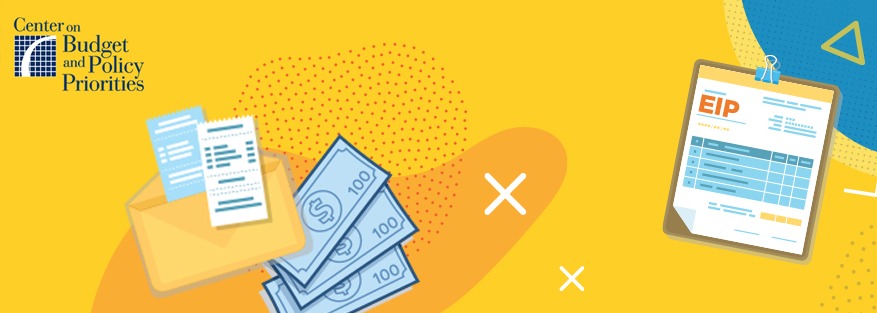
Connecting Americans with Unclaimed Impact Payments as Deadline Looms
The COVID-19 pandemic has left many Americans furloughed or unemployed, leading to countless financial struggles. The federal government’s Coronavirus Aid, Relief, and Economic Security (CARES) Act provided stimulus payments of up to $1,200 for individuals and $2,400 for taxpayers filing a joint tax return. Most Americans eligible for an economic impact payment or stimulus payment were automatically sent the money based on their 2018 or 2019 federal return. But at least 9 million people have yet to collect a stimulus payment because they don’t typically file a tax return and don’t know they qualify or how to receive the check as a non-tax filer. The Internal Revenue Service created an online non-filers tool to be used by Americans who earn too little to file a tax return but are eligible for a stimulus payment. While this is welcome news, there is a Nov. 21 deadline for people to use the tool and receive their impact payment this year.
To help millions of Americans access this much-needed support before the deadline, the Center on Budget and Policy Priorities (CBPP) partnered with Code for America to develop a website and library of resources for non-tax filers. When CBPP sought to raise awareness of these tools and resources, they asked The Hatcher Group to develop and deploy a paid digital awareness campaign.
The first step in any campaign is to clarify the target audience. With research and guidance from CBPP, Hatcher prioritized individuals living in low-income areas who spoke English or Spanish. With this in mind, our award-winning design team created multiple concepts for a two-part ad strategy including outlets across programmatic and Facebook advertising.
For the programmatic advertising campaign, we targeted the lowest income zip codes in every state and Washington, D.C. We then identified thousands of websites this demographic visits regularly or that share similar content, such as CNN.com, People.com, and Yahoo.com. The programmatic ads ran for five weeks, leading to over two million impressions. We also developed audio ads that aired on various streaming services, including Spotify, Pandora, Tune In, and iHeart Radio. In just one week, we generated over 400,000 in-app plays that reached 37.47% of our target audience.We also executed a series of Facebook campaigns over five weeks that featured eight images each in Spanish and English for a total of 16 ads. These traffic ads ran in similar locations as the programmatic ads and were optimized to drive clicks to the CBPP impact payment website. After three weeks of image testing, the top-performing English and Spanish ads were deployed the final two weeks. By pushing the top-performers across the finish line, we saw a 30% increase in clicks generated by the English ads, leading to over 25,000 website visits from Facebook alone.Overall, the digital campaign generated 3,884,605 impressions and 62,386 website visits at a low cost of $0.40 per click. The unique campaigns were successful as well, with the programmatic ads earning 37,146 clicks at $0.27 per click and the Facebook ads gaining 25,240 web visits at $0.59 per click. These metrics, along with the 2.10% programmatic click-through rate that surpassed pre-launch estimates, showcased the success of the campaign. A high click-through rate demonstrates the audience was interested in taking action on the ad, confirming we reached people in need of additional financial support.
While various safety net programs can provide resources such as food and medical care for low-income Americans during this difficult time, other needs may go unmet without additional financial support. Hatcher is honored to have played a small role in connecting families with their unclaimed impact payments before the Nov. 21 deadline.
By Heather Norris, Digital Associate